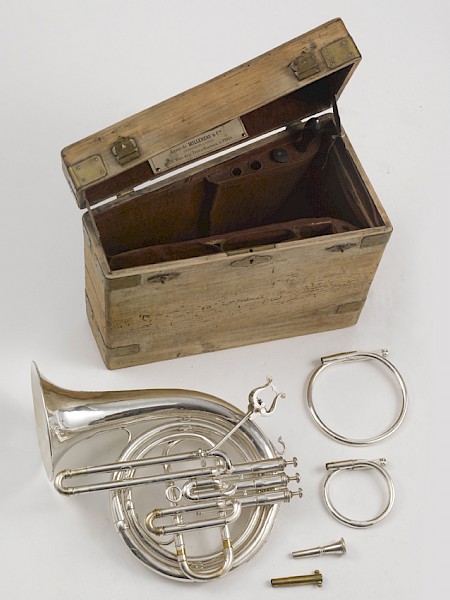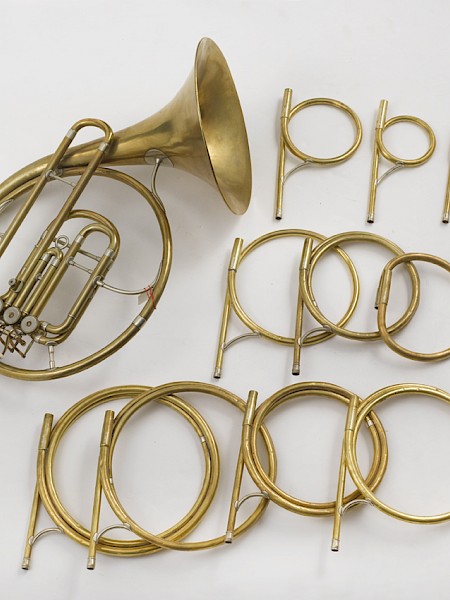Horns originally “only” played the notes of the harmonic series, which was sufficient for many of the magnificent works of music history that needed the instrument. Today, we are used to having horns with valves.
In the period from 1750 to 1900, different solutions were found and tried out in order to allow the horn to play more notes than the harmonic series. Stopping the bell of the instrument with the hand was one possibility, keys were tried such as were used on woodwind instruments, and valves of all types with all manner of function were constructed. Historical performance practice is today interested in these transitional instruments again. It can be inspiring for musicians to play the music of the time on replicas of the instruments for which it was composed (see the following video).


